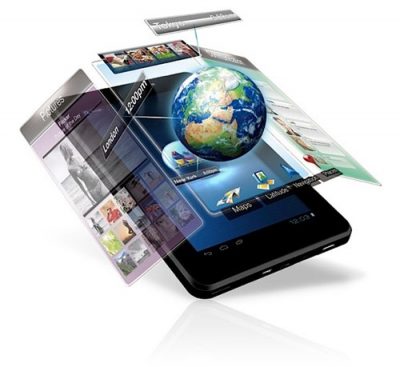
Business Enablers: Smartphones & Internet
The world is increasingly getting interconnected, both economically and socially. Smartphones and the internet is on the rise. Business operating environment is poised to change drastically. Technology adoption remains one of the defining factors in human progress.
In advanced economies, people use internet more and own more high-tech gadgets. Emerging countries like India too is fast catching up. There would be 244 million smartphone users in India, by 2017. Reasons are many – like smartphones getting cheaper and the internet becoming more of a household need.
2016: Technology Infra + Adoption & India
Some leading newspapers stated that Foreign Direct Investment(FDI) in telecom has been encouraging and is around $4,091 million (as on February 2016).
It’s indeed good news – but as of now the fact is that 85 per cent Indians still do not have access to the Internet. Many, especially in rural are still hanging on to the basic phone. But, initiatives are on its way. For example, the ongoing high-speed broadband access to 400 railway stations across India by Google Inc in partnership with Indian Railways ( RailTel Corporation).
RailTel : The IoT enabler
Any telecom service operator can use RailTel-Google infrastructure for Wi-Fi data offload. This would mean internet access to almost 70% of Indian population. RailTel owns a pan-India optic fiber network with “exclusive right of way” along the railway track network. The optic fiber cable network runs along 45,000 route-kilometers connecting over 4,500 cities, towns and many rural areas. The availability of high-speed connectivity can also spur the vendors in the railway stations to offer new services. It also paves the way for an Internet of Things (IoT) ecosystem in the stations.The railways can automate operations like monitoring of rolling stock and efficient use of electrical lighting systems, due to IoT.
Further, very soon we might see foreign satellite operators providing internet spectrum in hard-to-reach areas. Hopefully, we will have quality internet covering 100% of the country – thus enabling more business growth.
Business 2016: Technology Advancements & India
In 2016, the line between real and virtual life has almost diminished – and will be zero in the years to come. 2016 would see growing personalization of consumer goods, adoption of predictive analytic’ s and machine learning apps. Thus smart phones are going to cement itself as the preferred method worldwide to access and receive information. More capable and more powerful smartphones are invading the market. Smartphones can do almost every tasks—without needing anything else.
So as the smartphone cements itself, more businesses around the globe have integrated/poise to integrate smartphones as their primary business systems. Consequently, more productive BYOD (Bring Your Own Device) environment has/would set in. Employees are bringing/ would bring their smartphones/tablets to work. Switching from laptop/desktop to smartphones is easy – as they are same. Also, smartphones are more energy efficient as compared to laptops or desktops.
BYOD: Organisational Challenges & Effective Controls
Organization needs secure and protected business data from unauthorized access. Some effective data-fencing could be implemented as:
- Security Policy: Comprehensive mobile security policy should be in place.
- Strong Authenticated Access System: Restricted Data access based on user priveliages.
- Access History: Logs that track access to data with due dates and expiry dates.
- Access lock: Ability to remotely locking access to data on specific employee/ devices – if either goes rouge.
In Closing
Fort Worth factory at Texas is a facility that mass-produces pancakes, sausages etc. has recently grown as a hyper-automated smart factory. It installed 1,500 sensors to monitor everything from raw meat inventories to waste-water and electrical usage. These sensors transmit all of that real-time data onto smartphones – thus enabling plant managers to monitor their production from anywhere — and even on vacations, as well. Further, if required factory equipment’s can be operated remotely too.
Smartphones enable leaders to do more. But, to be used effectively, smartphones require discipline and self-control and some of those might include:
- Define time-outs for smartphones.
- Define rigorous controls emails are receiving -frequency.
- Define time locks that prevent access to time-waster’s when at work.
All out business-adoption of smartphone as a primary system is only a matter of time – and those who wont will find it hard to survive.









